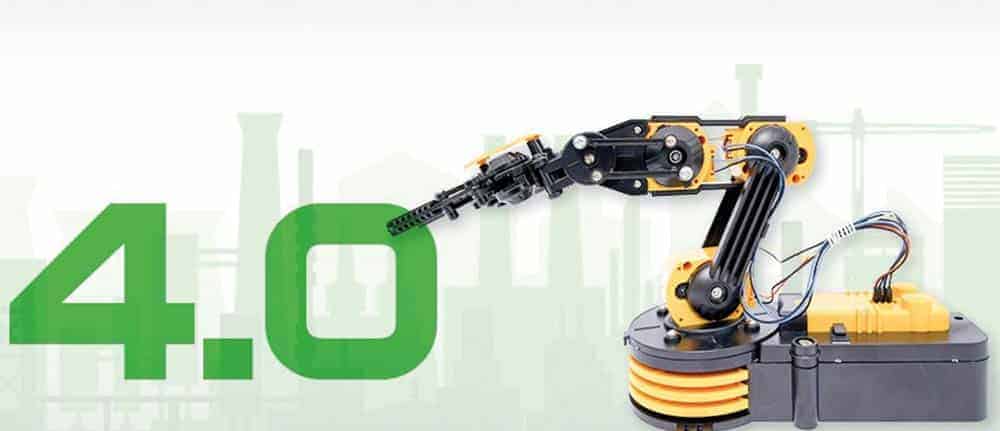Integrated PLM


Uniform data, standardized processes and integrated software solutions represent a challenge for future IT solutions and are associated with far-reaching organizational consequences.
Integration as a challenge for IT in Industry 4.0
Responsibilities can shift, enabling new business models and corporate orientations. Customers and suppliers are also integrated into the new and future processes, thus increasing the added value of my product development process.
Integrated Product Lifecycle Management (PLM)
At present, today's corporate management by IT systems can be divided into four major application areas: Finance and controlling, logistics, and production and planning systems. Another core functionality is mapped in the area of product development.
This is where the parts lists and assemblies are created today in order to develop the new product for later production. In most cases, the product data is prepared and stored several times in the various M-CAD and E-CAD systems. The administration takes place in data vaults/containers.
After release, the data is transferred to the ERP systems or created twice. Errors are inevitable and unavoidable due to this method of working.
One reason for this way of working is the differences in the various IT systems and databases. Developers and designers mostly avoid the current IT systems with their "old-fashioned" user interfaces and do not want to leave their graphical authoring systems.
For several months now, SAP has been meeting this demand for a modern and up-to-date user interface and, together with the Engineering Control Center from its development partner DSC in Karlsruhe, has created a graphical user interface that directly integrates the most common authoring systems into the SAP ERP.
The documentation of product data creation and acquisition becomes the central issue and makes this resource available to all parties involved in real time after the use of an integrated PLM solution.
These products go through several versioning and change processes within their lifecycle. As a result, the use of an integrated PLM solution is playing an increasingly important role.
An integrated PLM solution supports internationalization as well as development distributed over several locations and thus enables the company to develop and produce at the same version levels everywhere. Data transparency and unambiguity are thus in the foreground.
Added value through the use of PLM and Industry 4.0
Flexible and new manufacturing processes are creating new business models and new product lines. This particularly affects the German mechanical engineering and manufacturing industry.
In developing the world's unique premium products, the integrated software becomes the core of the companies and serves as an innovation platform to stand out from the market in interaction with IoT (Internet of Things/Internet of Things and Services).





